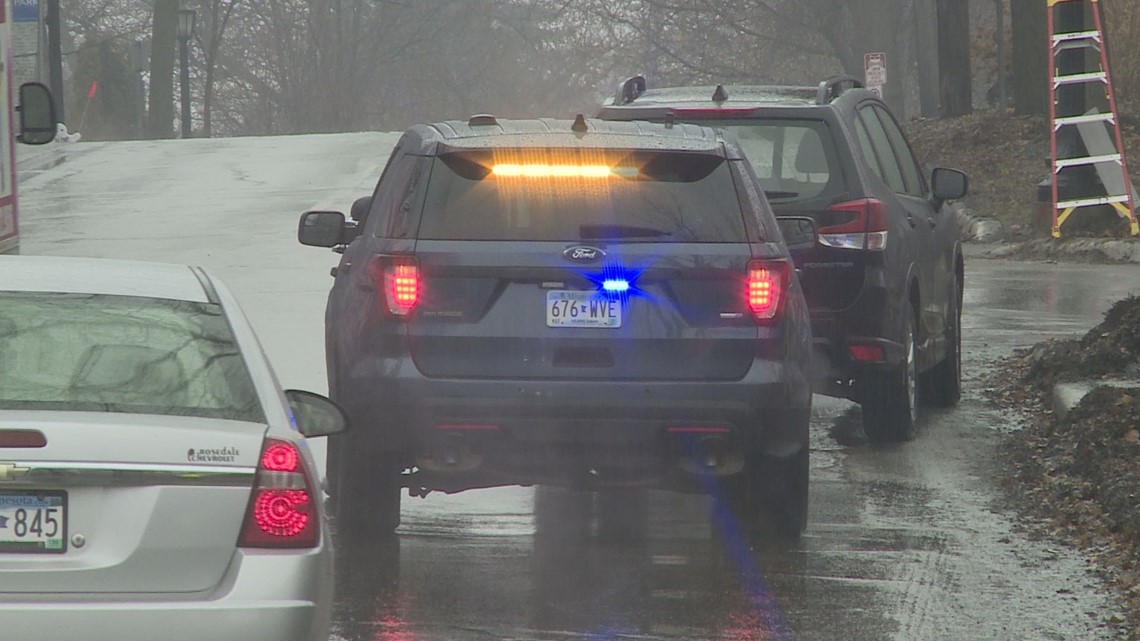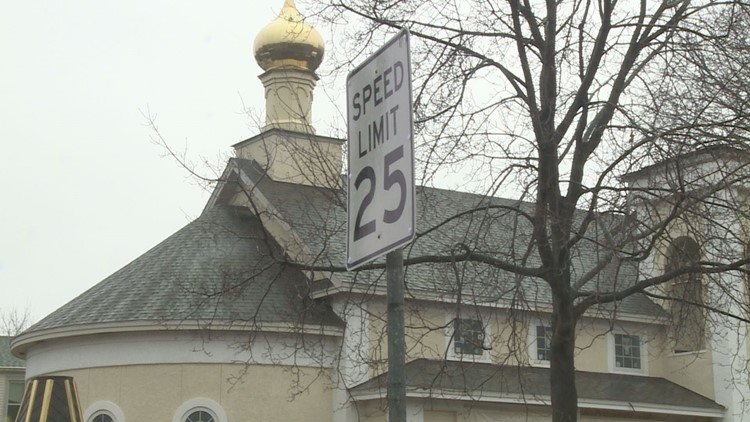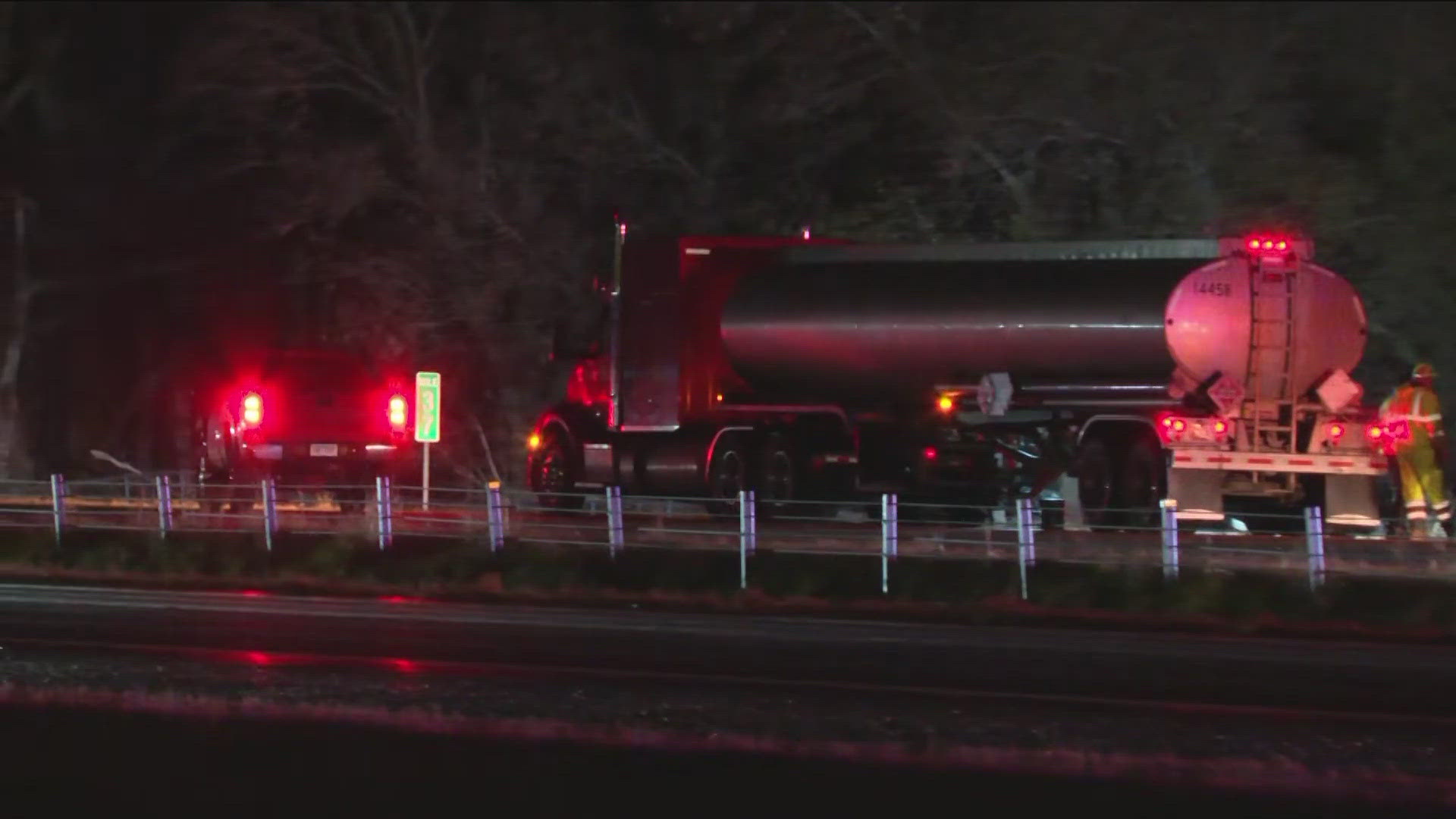MINNEAPOLIS — The pace of life will soon slow down on the streets of Minneapolis and St. Paul, and those who don't... will pay the price.
Leaders of the Twin Cities announced Thursday that speed limits will be lowered on a number of residential and local roads to make things safer for citizens. New speed limits will be 20 miles per hour on residential streets, and 25 mph for larger, arterial streets that are city-owned. A few city-owned streets will be posted at 30 mph.
Streets running through Minneapolis and St. Paul that are owned by their respective counties or the state will remain at the speeds that are currently posted, as the cities don't have legal authority to change those.
“We know that by reducing speed limits, we can help make our streets safer for people who can’t afford cars, for kids who walk home from school and play in our streets — for everyone who uses our streets to get around," said Minneapolis Mayor Jacob Frey. "Today marks a major victory for the Twin Cities thanks to the collaborative effort from our Public Works teams and the local control granted by the state.”


“Ensuring our city streets work for pedestrians, bicyclists, and motorists is vital to the future of our city,” added Saint Paul Mayor Melvin Carter. “Lowering our speed limits helps us realize this vision, and will literally make our streets safer for all of us.”
Public Works staff from both cities will begin to install or change out more than 1,000 speed limit signs on city-owned streets in coming months. New 25 mph speed limits on individual streets will go into effect as soon as signs are installed.
Once the busier streets have the new signs up, both Minneapolis and St. Paul will then install “gateway signs” at entry points in both cities, telling drivers that the citywide speed limit is 20 mph unless otherwise posted. Once the gateway signs are installed, the 20 mph speed limit on local residential streets will be in effect.
A joint news release from the cities says lower speed limits are in line with national trends toward slower urban speeds. City leaders also maintain that lower traffic speeds reduce the likelihood of a crash and make all types of crashes less likely to lead to death or life-changing injury. They say a person struck by a vehicle at 35 mph is three times as likely to die as someone hit at 25 mph.
“Over 100 people were killed or severely injured in traffic crashes last year in Minneapolis, that is unacceptable,” said Minneapolis City Council President Lisa Bender. “Eliminating traffic deaths is an achievable goal and lowering speed limits, a key strategy in the Vision Zero Action Plan, will make our streets safer for everyone.”
Both cities have targeted making streets safer for their residents. St. Paul's pedestrian plan strives to reduce pedestrians’ exposure to motor vehicles, lower street design speeds, and pursue changes in street designs that lower design speeds and reduce roadway crossing widths. Saint Paul’s Comprehensive Plan also includes a “Vision Zero” program with the long-term goal of achieving zero traffic fatalities and severe injuries.
Reducing speed limits is one of the key strategies in the Minneapolis Vision Zero Action Plan, which outlines key steps for the next three years to advance the City’s goal of ending traffic deaths and injuries on City streets by 2027.
Learn more about the speed limit changes at visionzerompls.com and stpaul.gov/speedlimits.



